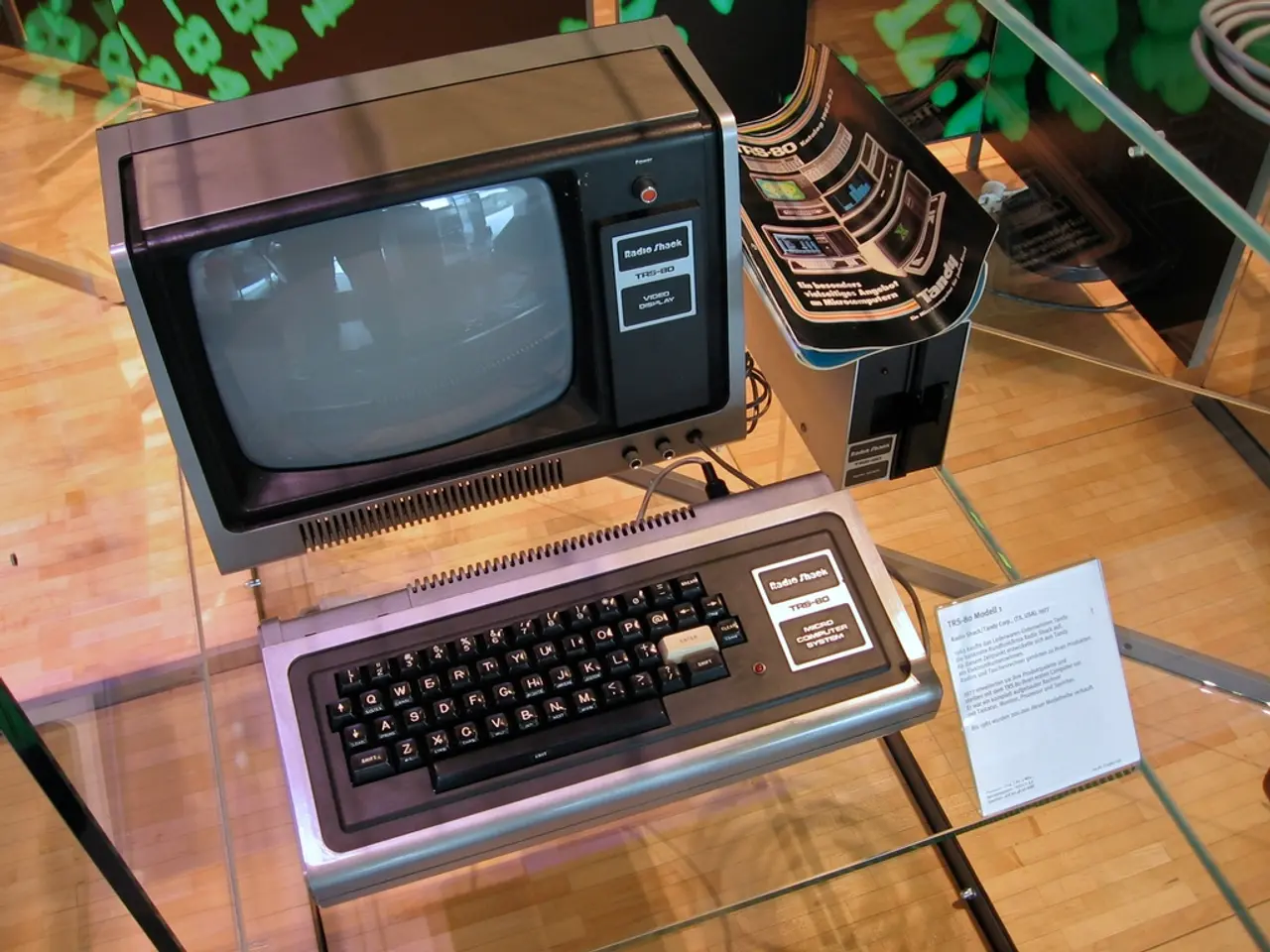Stunning development: Internet speed smashes previous high mark
Breakthrough 19-Core Fiber-Optic Cable Unveiled, Set to Transform Data Transmission
A groundbreaking 19-core fiber-optic cable has been developed, capable of transmitting data at an astounding speed of 1.02 petabits per second (Pbps) over a distance of 1,808 km. This new cable, thinner than a pencil, could potentially serve as a "19-lane superhighway" for data, dramatically increasing capacity while maintaining compatibility with existing infrastructure[2].
Key Potential Implications
The vast bandwidth and ultra-low latency enabled by this cable could have significant implications across various high-demand fields such as AI, crypto trading platforms, live streaming, cloud computing, smart cities, IoT, and autonomous vehicles[2].
- AI: The cable's capabilities could enhance AI performance and responsiveness, especially in critical applications like healthcare diagnostics, real-time analytics, and natural language processing[2].
- Crypto Trading Platforms: The cable's high throughput and low latency could reduce network congestion and speed up transaction confirmation times, giving traders and systems a competitive advantage in high-frequency trading and decentralized finance[2].
- Live Streaming: The cable's ability to handle enormous data rates could make streaming of ultra-high-definition (UHD) and even emerging 8K or VR content more reliable, with reduced buffering and higher quality[2][3].
- Cloud Computing: The cable's improved capacity could benefit cloud service providers in managing vast data flows between distributed data centers and end-users, improving cloud application responsiveness[2][3].
- Smart Cities & IoT: The cable's capabilities could facilitate improved traffic management, energy monitoring, surveillance, environmental sensing, and public safety systems[2][3].
- Autonomous Vehicles: The cable's high throughput and low latency could underpin more robust vehicular communication networks, allowing safer, more responsive traffic coordination and better integration with city infrastructure[2].
Additional Context
This fiber optic innovation preserves compatibility with current networks while achieving speeds millions of times faster than average commercial internet connections[2]. Beyond raw speed, this increased capacity helps overcome scaling limits faced by existing Passive Optical Networks (PON) and enables future technologies such as augmented/mixed/virtual reality experiences[3].
While the exact commercial rollout timeline and cost factors of the 19-core fiber cable are not detailed in the available information, this development marks a significant step toward fully realizing the potential of next-generation digital applications and systems[3].
Summary
The 19-core fiber cable's record-setting data rates and high-density core design could revolutionize data transmission infrastructure, dramatically enhancing the capabilities, speed, and scale at which advanced technologies such as AI, crypto trading, cloud computing, live streaming, smart cities infrastructure, IoT, and autonomous vehicle networks operate worldwide[2][3]. This development marks a significant step toward fully realizing the potential of next-generation digital applications and systems.
Note: The newsletter also mentions the launch of local servers for PUBG Mobile in Africa, located in Nigeria and South Africa, to provide gamers with smoother gameplay and optimized latency. Additionally, it highlights Trueqrcode as a smart tool for smart engagement, powering the future of smart engagement. However, these aspects are not directly connected to the 19-core fiber-optic cable and are not further elaborated upon in the context of this article.
Technology, particularly data-and-cloud computing, is set to experience a transformation as the 19-core fiber-optic cable promises to revolutionize data transmission. This new technology could significantly enhance capabilities, speed, and scale for advanced technologies such as AI, cloud computing, and smart cities infrastructure by providing record-setting data rates, maintaining compatibility with existing infrastructure, and overcoming scaling limits faced by existing Passive Optical Networks (PON).




